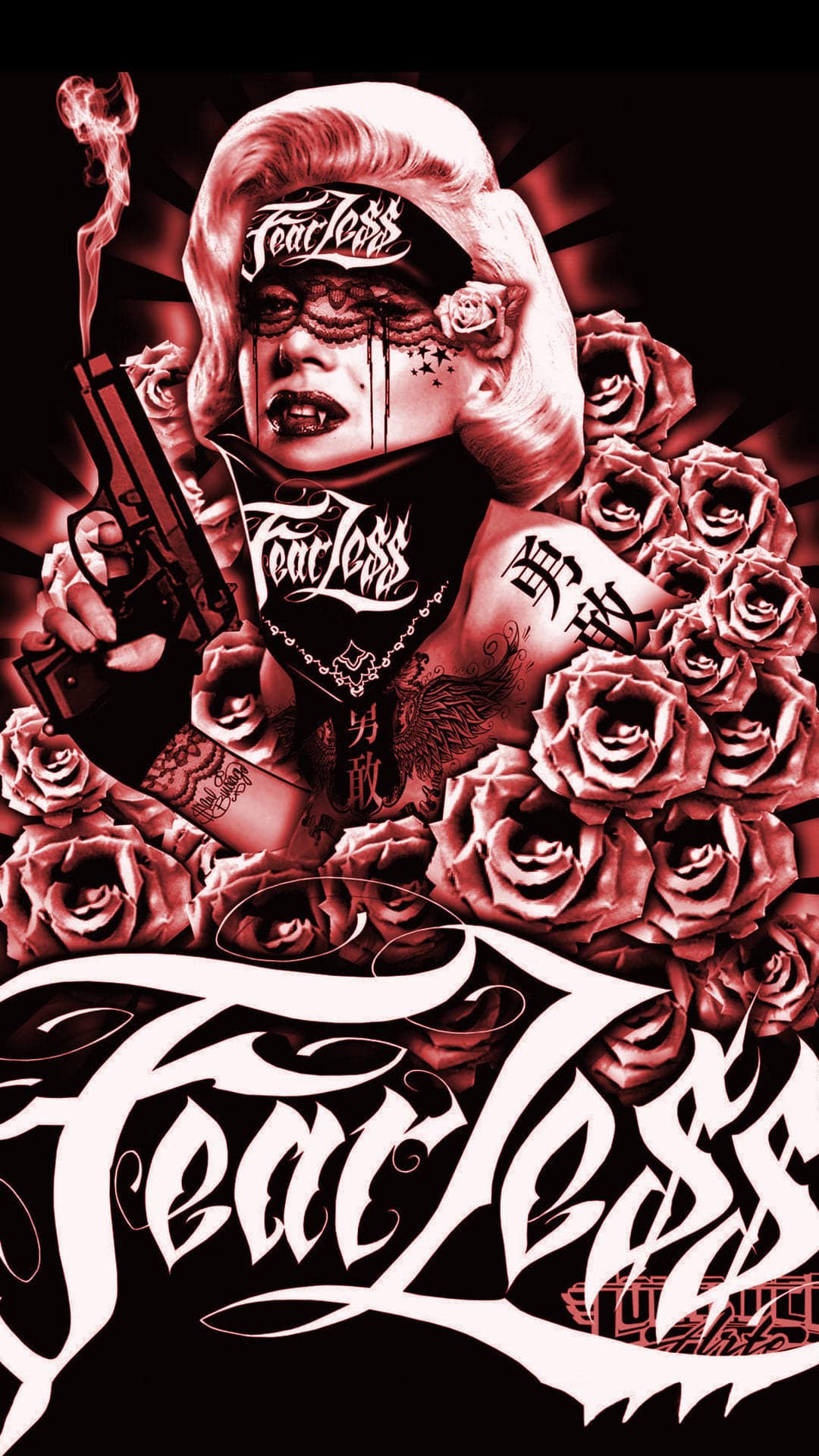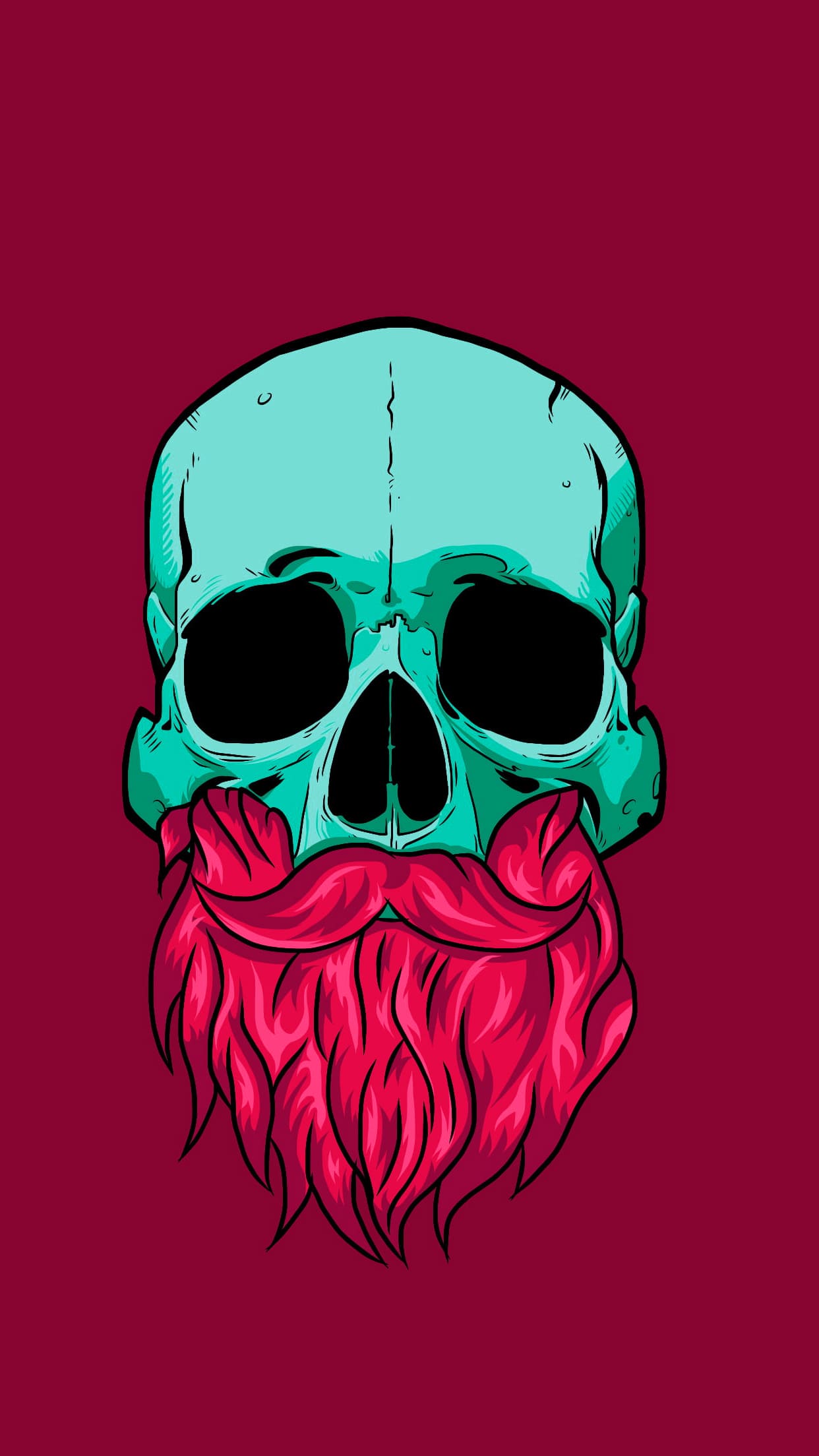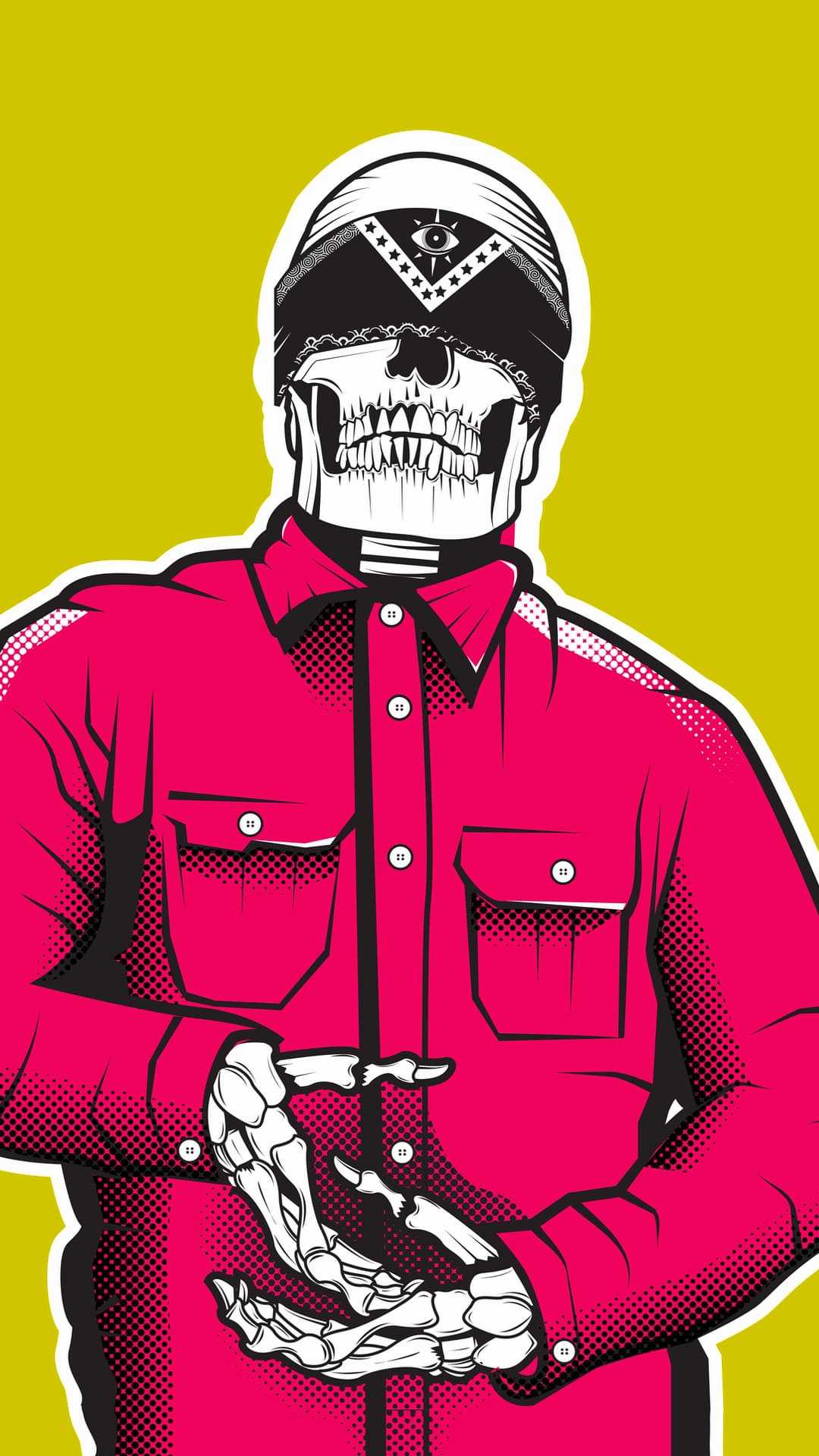Exploring Cholo Socks - Culture And Meaning
When we talk about what we wear, it's pretty clear that our clothes often speak volumes about who we are, where we come from, or what groups we feel connected to. Sometimes, a simple item, like a pair of socks, can carry a whole lot of weight and tell a story about a particular way of life or a community's unique outlook. This is very true for something often referred to as "cholo socks," which, in a way, represent more than just a piece of clothing for your feet. They are, in fact, often a quiet nod to a much broader cultural narrative, a subtle piece of a larger visual language.
The things people choose to put on, whether it's a particular kind of shirt, a certain style of pants, or even, you know, a specific type of footwear, they all tend to become symbols. These symbols can be understood by those within a group, and sometimes, they can be misunderstood by people outside of it. The history behind such items, and the words associated with them, can be quite layered, holding meanings that have changed over many years. So, it's almost never just about the item itself, but about the rich background it carries.
So, to really get a sense of what something like "cholo socks" might mean, we need to peel back the layers and look at the actual word "cholo" itself. This word has a deep and, frankly, somewhat complex past, stretching back through different times and places. By looking at where the word came from, what it has meant, and how it has been used, we can begin to get a clearer picture of the culture that embraces such distinct forms of expression, like, you know, these particular socks.
Table of Contents
- What Does the Word "Cholo" Actually Mean?
- The Roots of the Term and Cholo Socks
- How Has the Meaning of "Cholo" Changed Over Time?
- From Early Use to Modern Cholo Socks Culture
- Is It Wrong to Use the Word "Cholo"?
- The Nuance of Identity and Cholo Socks Style
- Who Is Allowed to Say "Cholo"?
- Respecting Cultural Expressions Like Cholo Socks
What Does the Word "Cholo" Actually Mean?
When we hear the word "cholo," many different ideas might pop into our heads, and that's understandable, given its varied history. At its most basic, earliest sense, the word "cholo" really points to someone of mixed heritage. It was, you know, a term used to describe people who had a blend of Indigenous and European, specifically Spanish, ancestry. This idea of "mixed race" or "mestizo" is at the very core of its original meaning, a way of describing a certain kind of person in a historical context. It's pretty much about identity tied to lineage, as a matter of fact.
This initial meaning, however, started to shift over time, as words often do. What began as a description of a person's background, in some respects, began to take on other connotations. We see this kind of change happen with many words that describe groups of people; they pick up new layers of meaning, sometimes positive, sometimes not so positive. So, while its first meaning was about heritage, its later uses started to paint a different picture, one that, you know, could be quite different from its beginnings.
It's worth noting that the way words are used can really change based on who is saying them and in what situation. The original idea of "mixed race" is still there, but it got layered over with other ideas, especially as communities developed and terms were used in new ways. This evolution is a big part of why the word "cholo" can feel a bit complex today, because its meaning isn't just one simple thing; it's a collection of ideas that have grown and shifted, pretty much, over a long stretch of time.
The Roots of the Term and Cholo Socks
Thinking about the roots of the word "cholo" helps us, in a way, understand how cultural items, like specific kinds of "cholo socks," come to hold meaning. The term, as we know, has early connections to Spanish and Mexican ways of speaking, which gives it a long history within those cultures. This long history means that when something becomes associated with the "cholo" identity, it's often drawing on a deep well of cultural background, you know, a shared experience that goes back generations.
The idea of a "subculture," which the word "cholo" sometimes points to, is about a group of people who share certain ways of doing things, certain looks, and certain beliefs that might be a bit different from the wider society. So, when people wear "cholo socks," they are, arguably, showing a connection to this particular way of life, a visual cue that says something about their identity. It's a form of expression, basically, that connects them to a community with its own unique style and, like, its own set of values.
Even if the socks themselves don't have a direct, ancient history, their association with the "cholo" identity means they carry the weight of that history. It's about how things get adopted and become part of a specific group's way of showing who they are. The way people dress, including items like these socks, can be a really powerful way to communicate belonging and cultural pride, a silent language, you know, that speaks volumes to those who understand it.
How Has the Meaning of "Cholo" Changed Over Time?
Words, you know, are living things, and their meanings can twist and turn quite a bit over the years. The term "cholo" is a pretty good example of this, as it definitely hasn't stayed fixed in its original meaning. What started as a way to describe someone of mixed heritage, over time, began to be used in different ways, sometimes taking on a less favorable tone. This shift in meaning is a common pattern with many words that describe specific groups of people, as they can pick up layers of social commentary or judgment.
In some contexts, the word "cholo" began to be connected with specific social groups, particularly young people who were seen as part of a particular kind of street culture or, you know, a gang-related subculture. This connection meant that the term, which once described a person's background, started to carry associations with certain behaviors or lifestyles that were often viewed negatively by the broader society. It's a classic case of a word evolving to mean something beyond its first sense, actually.
However, and this is really important, the story doesn't stop there. What happens with many terms that are used in a disparaging way is that the very communities they describe often reclaim them. They take the word back and give it a new, stronger meaning, turning something that was meant to put them down into a symbol of pride and identity. So, the word "cholo" has, in a way, gone through this kind of transformation, becoming a term of self-identification and cultural strength for many, pretty much.
From Early Use to Modern Cholo Socks Culture
This journey of the word "cholo" from its earliest use to its current meanings, it really helps us see how something like "cholo socks" can become part of a modern cultural expression. When a term is reclaimed, the items associated with that identity also get a new kind of significance. The style, the way people present themselves, it all becomes a powerful statement of who they are and what they stand for. So, the socks are not just, like, an ordinary clothing item; they are part of a larger visual language.
The connection to a specific subculture, even if it's been misunderstood by some, is a vital part of the story. For those within the culture, wearing certain items, like these particular socks, can be a way to show solidarity, to signal belonging, and to express a shared heritage. It's a subtle but clear way of communicating identity without having to say a single word, you know. This kind of non-verbal communication is a very strong aspect of many different cultural groups.
So, the way the word "cholo" has changed and been embraced by a rich culture means that any item connected to it, including "cholo socks," carries that history. It's about how people take something that might have been used against them and turn it into a symbol of strength and pride. This process of cultural shaping is, basically, what gives everyday items their deeper meaning and helps them tell a story about a community's journey and resilience.
Is It Wrong to Use the Word "Cholo"?
This is, admittedly, a bit of a tricky question, and the answer isn't always a simple yes or no. The word "cholo" has, as we've talked about, been used in ways that were meant to be negative or, you know, to put people down. When a word has that kind of history, it means that using it without care can cause hurt, even if that's not what you intend. So, it's really important to think about the impact of our words, especially those with a complex past, pretty much.
However, for many people within the Mexican American community, the word "cholo" has been reclaimed. It's been taken back and transformed into a term of self-identification, a badge of honor, and a way to express cultural pride. When used by members of the community, it can be a powerful statement of identity and resilience. This dual nature of the word is what makes it so interesting, and frankly, a bit complicated, you know.
So, the "wrongness" of using the word often depends on who is saying it and in what context. If someone outside the culture uses it in a way that is disparaging or to stereotype, then yes, it can be deeply offensive. But if it's used by someone from within the culture to express their identity or connect with their heritage, then it carries a completely different meaning. It's about respect and understanding the nuances of language and community, obviously.
The Nuance of Identity and Cholo Socks Style
Understanding the subtle differences in how the word "cholo" is used also helps us appreciate the style associated with it, including items like "cholo socks." When a style is adopted by a group, it becomes part of their identity, a visual way of showing who they are. If someone from outside that group tries to imitate the style without understanding its meaning or history, it can sometimes feel like a form of disrespect or, you know, just not getting it.
The way people dress is often a very personal and cultural statement. For those who identify with the "cholo" culture, their style, right down to their socks, is a way to express their roots, their experiences, and their place in the world. It's not just about fashion trends; it's about a deeper connection to a shared identity and history. So, treating such styles with respect means acknowledging the cultural significance they hold, basically.
So, if you see someone wearing "cholo socks" or adopting elements of the style, it's worth remembering that there's a whole lot more to it than just the look. There's a rich history, a story of reclamation, and a strong sense of identity woven into those choices. It's about appreciating the depth of cultural expression and understanding that what seems simple on the surface often has, like, very complex layers underneath.
Who Is Allowed to Say "Cholo"?
This question really gets to the heart of cultural ownership and respect for language. As we've discussed, the term "cholo" has a complicated past, moving from a descriptive word to one that was sometimes used to insult, and then, you know, to one that was reclaimed by the community it describes. Because of this journey, the idea of "who is allowed" to use the word becomes a matter of context, intent, and, frankly, one's own connection to the culture.
Generally speaking, members of the Mexican American community, especially those who identify with the culture that has reclaimed the term, are "allowed" to use it without causing offense. For them, it's a term of endearment, a marker of shared experience, or a way to express pride in their identity. It's a word that has been, in a way, redefined and given new life by the very people it once sought to diminish. This is, you know, a pretty common pattern in how language evolves within specific communities.
For those outside of this community, using the word "cholo" is a much more delicate matter. Without a deep understanding of its nuances, or without a direct connection to the culture, using the term can easily come across as disrespectful, ignorant, or even, you know, prejudiced. It's not about censorship, but about acknowledging that some words carry a weight of history and identity that makes them particular to certain groups. It's about exercising cultural sensitivity, basically.
Respecting Cultural Expressions Like Cholo Socks
This same idea of respect and understanding applies directly to cultural expressions, like the wearing of "cholo socks." These items are not just random fashion choices; they are part of a specific cultural aesthetic that has developed over time within a particular community. When people from outside that community adopt the style without understanding its roots or its meaning, it can be seen as appropriation rather than appreciation, you know.
To truly respect items like "cholo socks" means to understand the culture they come from, to acknowledge the history behind them, and to recognize the people who have shaped that style. It's about giving credit where credit is due and not reducing a rich cultural expression to just a trend or a costume. It's about recognizing that every piece of clothing, especially one so tied to identity, has a story that deserves to be heard and understood, pretty much.
So, whether it's the word itself or the style it represents, the key is always to approach it with a sense of humility and a desire to learn. By doing so, we can move past simple judgments and truly appreciate the depth and richness of different cultures and their unique ways of expressing themselves. It's about building bridges of understanding, and that, you know, is always a good thing.
This piece explored the intricate meanings behind the word "cholo," tracing its origins from a term for mixed heritage to its more recent associations with a specific Mexican American subculture. We looked at how the term has evolved, sometimes used disparagingly, but also powerfully reclaimed by the community it describes. The discussion touched upon the nuanced nature of who can use the word and how cultural expressions, like "cholo socks," serve as significant markers of identity and heritage, emphasizing the importance of respect and understanding when engaging with such cultural elements.

Cholo Wallpaper - TubeWP

Cholo Wallpaper - TubeWP

Cholo Wallpaper - iXpap